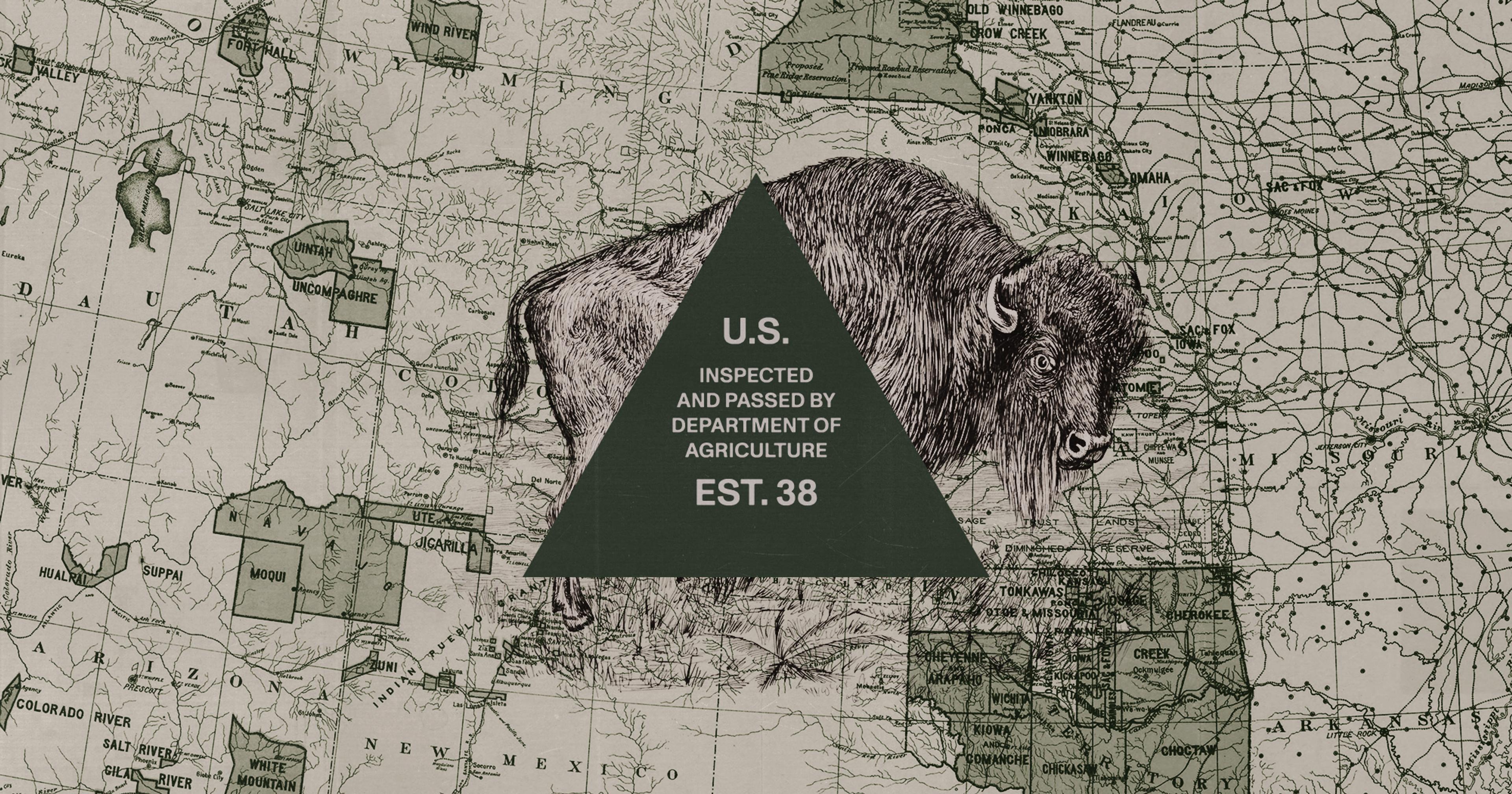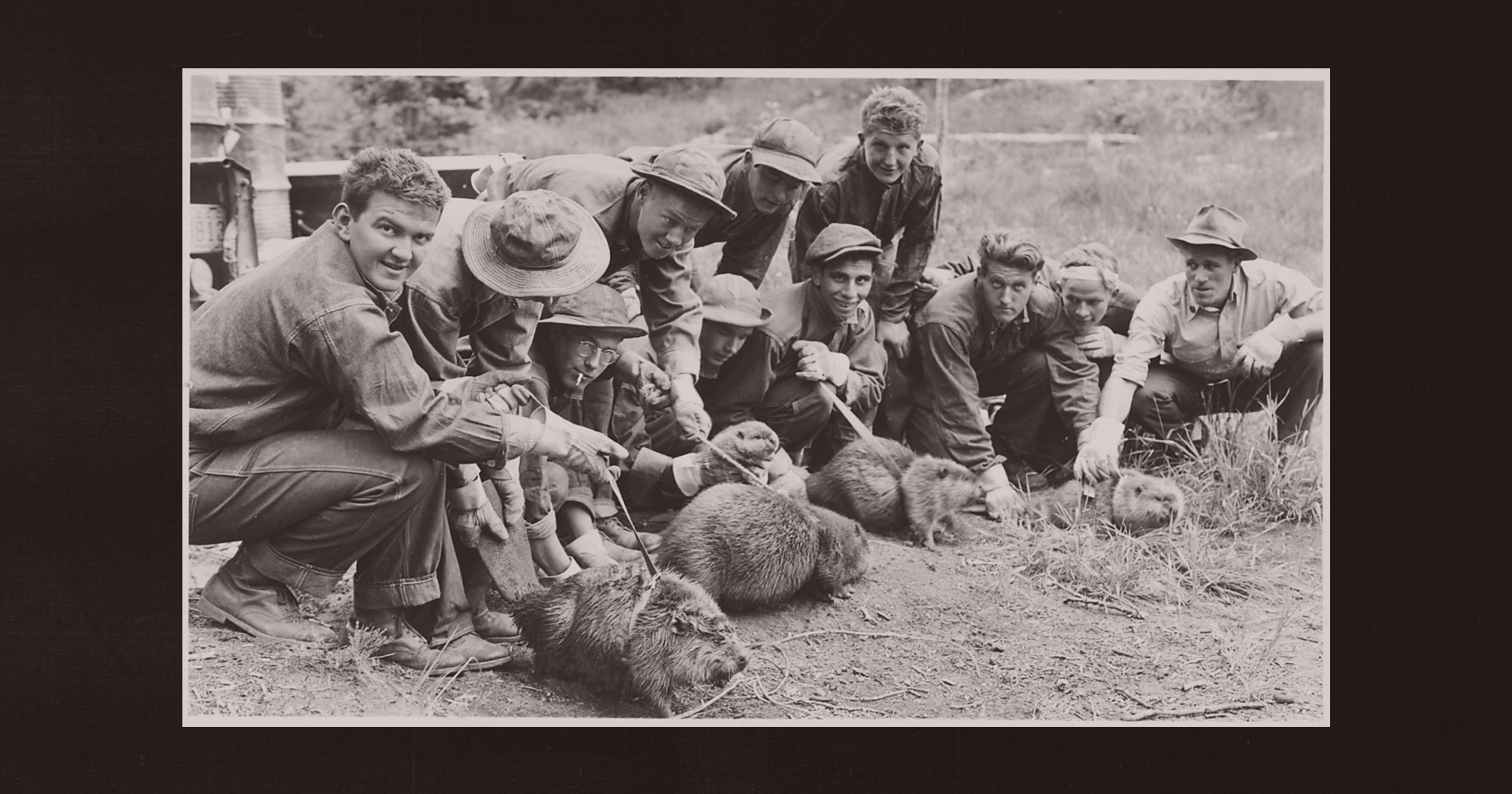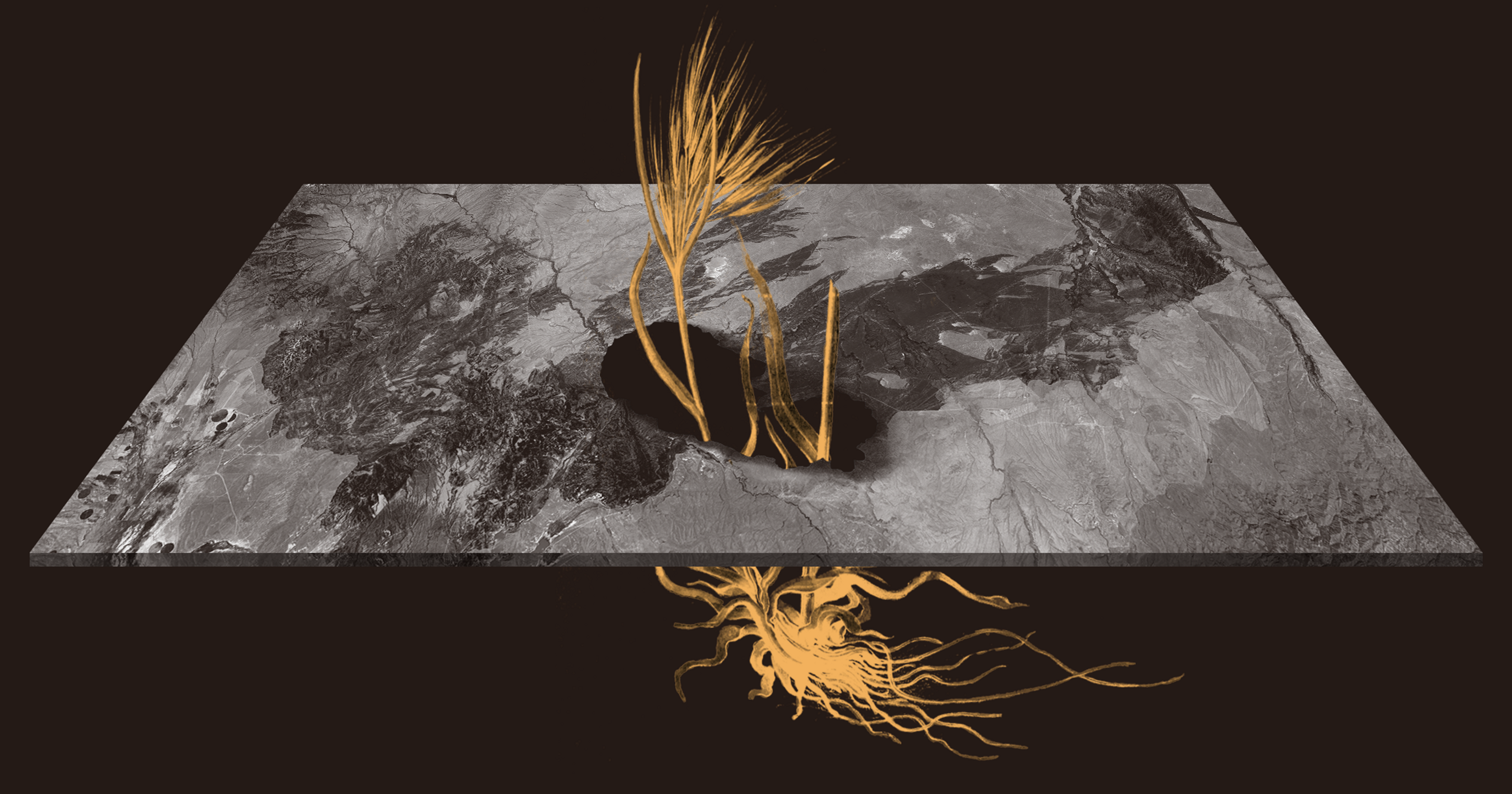It’s part of a larger agency push to promote more traditional foods and help with Native food sovereignty.
For about five years now, Jayme Murray, CEO of Cheyenne River Sioux Tribe Buffalo Authority Corporation, has been lobbying the United States Department of Agriculture (USDA) for the ability to bid on bison meat contracts. USDA policies that favored a large-scale, national distribution model had long prevented smaller, local producers from bidding on those coveted contracts.
That is no longer the case.
Thanks to the work of Murray and others, last month the USDA announced its Bison Pilot Program. The initiative is exploring how to overturn the agency’s longstanding distribution model by incorporating meat purchased from small- and mid-sized herd managers into the food package program and delivering it directly to local tribal communities.
Starting later this month, Cheyenne River Sioux Tribe Buffalo Authority Corporation will be sending out its first 750-pound-a-month bison shipment to the Rosebud Sioux and Sisseton Wahpeton tribes purchased via the USDA’s Food Distribution Program on Indian Reservations (FDPIR). The program, which is similar to the Supplemental Nutrition Assistance Program (SNAP), provides USDA-sourced foods to Indian households on reservations and other designated areas that fall under specific income guidelines.
The company received two out of five contracts awarded as part of the new program. Together, they add up to nearly $67,000, almost a 10 percent increase in business.
“We’ve been really pushing for a long time, like, why can’t we bid on these contracts?” said Murray. “To actually see it come to fruition is gratifying and to be able to actually get a few of the contracts is like icing on the cake.”
Native producer Brownotter Ranch, which operates on the Standing Rock Sioux Reservation in South Dakota, received a $162,360 contract. Akicita Consulting, owned by the Lower Brule Sioux Tribe, got $14,079. The largest sum was awarded to Dakota Pure Bison on the Rosebud Sioux Reservation for nearly $255,000.
These contracts are the latest USDA’s efforts to incorporate traditional foods into Indigenous diets across the country; in some ways, this pilot program is the most significant and groundbreaking. Though bison was already in the program, modifications were made to allow the agency to source from smaller, largely Native-run purveyors who raise their meat more in line with longstanding cultural customs.
In 2021, the agency launched an Indigenous Food Sovereignty Initiative in collaboration with tribal-serving organizations to rethink foodways from an Indigenous lens. Those efforts have included providing resources for tribal youth, communities, and Native agricultural producers such as a manual on “Transitioning from Cattle to Bison,” the purchase of six seed cleaning/fanning mills to assist in the launch of Indigenous seed-saving hubs, videos on foraging wild and Indigenous plants, and recipes and cooking videos on how to use those kinds of ingredients.
“The concept is how do we purchase more local food and get them into the food system — how do you get the buffalo across the road?”
These efforts as restoring ancestral diets have been a big change from previous programs, but the Bison Pilot Program is upending the way the USDA operates. It’s a step away from large, national producers toward local businesses.
“Tribes had asked for more local buffalo and tribally raised buffalo to be incorporated into those food packages, but the challenge we had is that the federal government purchases in a manner that’s not conducive to local and tribal producers,” said Heather Dawn Thompson, USDA’s director of tribal relations. “Smaller and local tribal producers cannot fill those very large orders.”
Thompson said this is the agency’s first attempt at relying on more localized, smaller producers for the buffalo included in the packages. It costs the agency more than filling large-scale orders with big commercial producers, but the rewards aren’t necessarily financial.
“The concept is how do we purchase more local food and get them into the food system — how do you get the buffalo across the road?” said Thompson. “It’s challenging to purchase locally and can cost more than large, consolidated purchases.”
While the purchasing portion of the pilot is significant, it’s not the only change being explored. The agency has also adjusted purchase timeframes to follow Indigenous principles that favor infrequent animal handling and traditional field harvests in the fall (as opposed to year-round as many of the larger commercial producers do).
“Tribes generally manage their buffalo as wildlife on large landscapes where some commercial buffalo producers have theirs on feedlots and have time slots for processing,” said Troy Heinert, executive director of Intertribal Bison Council. Tribes generally don’t have that ability, nor do many want to follow that model given the historical relationship with the animals, added Heiner: “The cultural element is the most important, and that’s why tribes manage them the way they do.”
There are already talks about creating salmon and seafood pilot programs for tribes in Alaska and other areas.
The cultural connection to the process is also enabled by the agency’s switch to allowing state inspection of buffalo, rather than solely relying on USDA inspection facilities. Those federal facilities can be few and far between for common livestock like pigs and cattle, as has been discussed with the shortage of slaughter facilities around the United States. It’s even harder — and can be far more expensive — to find those scattered facilities that will process exotic (non-amenable) species, like buffalo, which are not federally required to be USDA inspected for regular sales. However, in spite of the federal government approving bison sales without USDA oversight, the USDA did require its own inspections for bison purchased for the FDPIR program prior to the pilot.
Though the process is very similar, many purveyors, like Murray, get state-certified inspections because it’s easier, cheaper in terms of transportation and other costs, and less stressful for the animals. Murray thinks there might be a USDA facility in South Dakota that takes buffalo, but more than likely he would have to drive his animals to North Dakota or as far as Colorado to adhere to the USDA’s former guidelines for the FDPIR program. “Under the old way, the USDA did their contracts, it required everything to be processed in a USDA facility,” said Murray.
If successful, USDA’s program could pave the way for similar efforts that prioritize the needs of tribes across the country. Though there’s not yet a formalized plan, there are already talks about creating salmon and seafood pilot programs for tribes in Alaska and other areas.
Though Murray is elated with the progress that’s been made with the pilot, he and many others are hoping that these efforts to incorporate more local, traditional foods from Indigenous purveyors continue to grow. “I really hope this is a stepping stone to keep expanding on it,” he said. “If tribes were able to take more control and source local products for these programs, it would be a very powerful way for us to achieve a level of food sovereignty.”










